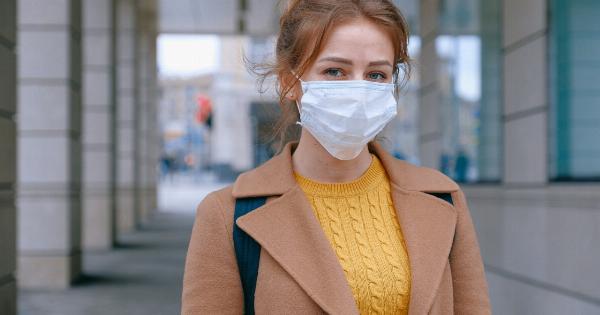Every year, the seasonal flu affects millions of people around the world. It is a contagious respiratory illness caused by influenza viruses.
In this article, we will discuss how the flu spreads, its symptoms, and the potential complications associated with it.
What is the Seasonal Flu?
The seasonal flu, also known as influenza, is a viral infection that primarily affects the respiratory system. There are different types and strains of the flu virus, with new strains appearing each year.
The flu can range from mild to severe and can sometimes lead to serious complications.
How Does the Flu Spread?
The flu virus spreads through respiratory droplets that are released when an infected person coughs, sneezes, or talks. These droplets can land on surfaces or directly on another person’s mouth or nose, leading to infection.
It is also possible to contract the flu by touching a surface contaminated with the virus and then touching the face.
It is important to note that individuals infected with the flu virus can spread it to others even before they show any symptoms themselves.
This makes it challenging to prevent the spread of the flu, as infected individuals may unknowingly transmit the virus to others.
Common Symptoms of the Seasonal Flu
The symptoms of the seasonal flu typically appear one to four days after exposure to the virus. They can vary in intensity and may include:.
- Fever
- Cough
- Sore throat
- Body aches
- Fatigue
- Headache
- Runny or stuffy nose
- Chills
- Nausea or vomiting (more common in children)
- Diarrhea (more common in children)
These symptoms can last for a few days to two weeks, depending on the individual and the severity of the infection.
Potential Complications of the Flu
While most people recover from the flu without any complications, certain groups are at a higher risk of developing severe symptoms or experiencing complications. These groups include:.
- Elderly individuals
- Young children
- Pregnant women
- Individuals with weakened immune systems
- People with underlying health conditions such as asthma, diabetes, or heart disease
Complications from the flu can include:.
- Pneumonia
- Sinus and ear infections
- Worsening of chronic medical conditions
- Dehydration
- Respiratory failure
- Death (rare, but can occur in severe cases)
It is essential for individuals in high-risk groups to take extra precautions during flu season and seek medical attention if they develop flu-like symptoms.
Preventing the Spread of the Flu
There are several measures you can take to reduce the risk of contracting and spreading the flu:.
- Get vaccinated: Annual flu vaccinations are recommended to protect yourself and others from the flu virus.
- Practice good hygiene: Wash your hands frequently with soap and water or use hand sanitizer. Avoid touching your face, especially your mouth and nose.
- Cover your mouth and nose: Use a tissue or your elbow to cover coughs and sneezes, and immediately dispose of used tissues.
- Avoid close contact: Try to stay away from individuals who are sick and limit contact with others if you’re experiencing flu-like symptoms.
- Clean and disinfect: Regularly clean frequently-touched surfaces and objects to minimize the spread of germs.
- Stay home when sick: If you have flu symptoms, it is important to stay home from work or school to avoid spreading the virus to others.
Conclusion
The seasonal flu is a highly contagious respiratory illness that affects millions of people each year.
Understanding how it spreads, recognizing its symptoms, and being aware of potential complications can help individuals take necessary precautions and seek appropriate medical care. By practicing good hygiene, getting vaccinated, and taking preventive measures, we can collectively work towards reducing the impact of the seasonal flu.


























